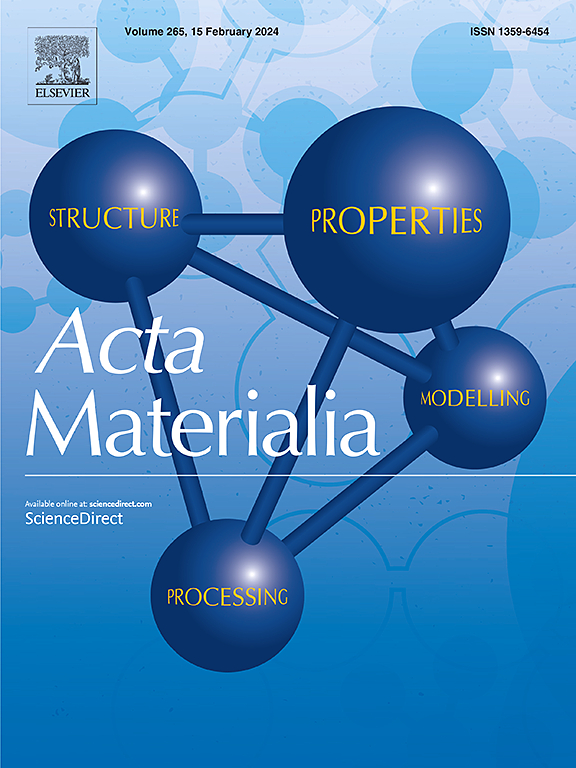Accelerated Multi-Objective Alloy Discovery through Efficient Bayesian Methods: Application to the FCC High Entropy Alloy Space
IF 8.3
1区 材料科学
Q1 MATERIALS SCIENCE, MULTIDISCIPLINARY
引用次数: 0
Abstract
This study introduces BIRDSHOT, an integrated Bayesian materials discovery framework designed to efficiently explore complex compositional spaces while optimizing multiple material properties. We applied this framework to the CoCrFeNiVAl FCC high entropy alloy (HEA) system, targeting three key performance objectives: ultimate tensile strength/yield strength ratio, hardness, and strain rate sensitivity. The experimental campaign employed an integrated cyber-physical approach that combined vacuum arc melting (VAM) for alloy synthesis with advanced mechanical testing, including tensile and high-strain-rate nanoindentation testing. By incorporating batch Bayesian optimization schemes that allowed the parallel exploration of the alloy space, we completed five iterative design-make-test-learn loops, identifying a non-trivial three-objective Pareto set in a high-dimensional alloy space. Notably, this was achieved by exploring only 0.15% of the feasible design space, representing a significant acceleration in discovery rate relative to traditional methods. This work demonstrates the capability of BIRDSHOT to navigate complex, multi-objective optimization challenges and highlights its potential for broader application in accelerating materials discovery.

利用高效贝叶斯方法加速多目标合金发现:在FCC高熵合金空间中的应用
本研究介绍了BIRDSHOT,这是一个集成的贝叶斯材料发现框架,旨在有效地探索复杂的成分空间,同时优化多种材料特性。我们将该框架应用于CoCrFeNiVAl FCC高熵合金(HEA)系统,针对三个关键性能目标:极限拉伸强度/屈服强度比、硬度和应变率灵敏度。实验活动采用了集成的网络物理方法,将真空电弧熔化(VAM)用于合金合成与先进的机械测试相结合,包括拉伸和高应变率纳米压痕测试。通过整合批量贝叶斯优化方案,允许对合金空间进行并行探索,我们完成了5个迭代设计-制造-测试-学习循环,在高维合金空间中确定了一个非平凡的三目标帕累托集。值得注意的是,这是通过仅探索0.15%的可行设计空间实现的,与传统方法相比,这代表了发现率的显著加快。这项工作证明了BIRDSHOT处理复杂、多目标优化挑战的能力,并突出了其在加速材料发现方面的更广泛应用潜力。
本文章由计算机程序翻译,如有差异,请以英文原文为准。
求助全文
约1分钟内获得全文
求助全文
来源期刊

Acta Materialia
工程技术-材料科学:综合
CiteScore
16.10
自引率
8.50%
发文量
801
审稿时长
53 days
期刊介绍:
Acta Materialia serves as a platform for publishing full-length, original papers and commissioned overviews that contribute to a profound understanding of the correlation between the processing, structure, and properties of inorganic materials. The journal seeks papers with high impact potential or those that significantly propel the field forward. The scope includes the atomic and molecular arrangements, chemical and electronic structures, and microstructure of materials, focusing on their mechanical or functional behavior across all length scales, including nanostructures.
 求助内容:
求助内容: 应助结果提醒方式:
应助结果提醒方式:


